A rash can be a sign of a serious health problem, and it’s important to get it checked out by a doctor as soon as you notice it. However, there are some times when rashes don’t need to be taken seriously right away.
What Is Skin Rash
A skin rash is a general term that describes an area of irritated or inflamed skin. Some common symptoms of a skin rash include redness, swelling, itching, and pain.
What causes skin rashes?
Skin rashes can be caused by many different factors, such as allergies, infections, and autoimmune diseases.
How to treat skin rashes?
The treatment for a skin rash will depend on the underlying cause. In most cases, however, treating the symptoms with over-the-counter medications or prescribed antifungal creams will help to clear up the rash.
Types of Rashes
There are many types of rashes that can occur on the skin. Most are classified as allergic reaction skin rashes or fungal infection skin rashes. Viral rashes can also develop, and these are often quite contagious.
Contact dermatitis
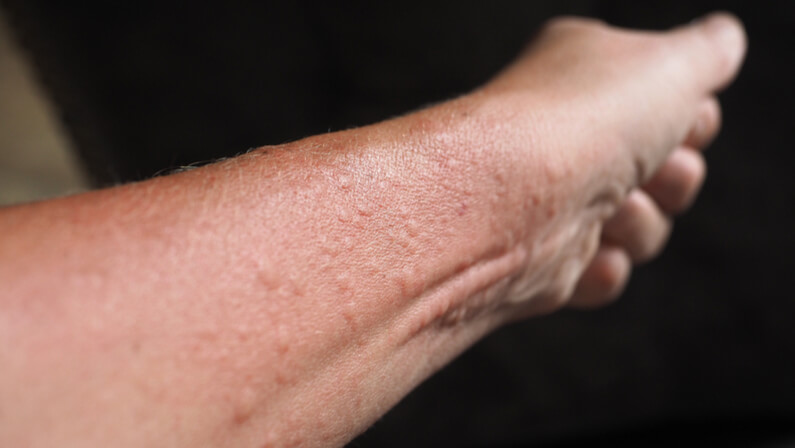
Allergic contact dermatitis is a skin condition that can be caused by different things, such as plants like poison ivy, jewelry, or cosmetics. The most common type of contact dermatitis occurs when something touches the skin and then causes a reaction. This reaction can cause the skin to become itchy, red, swollen, and sore.
Eczema
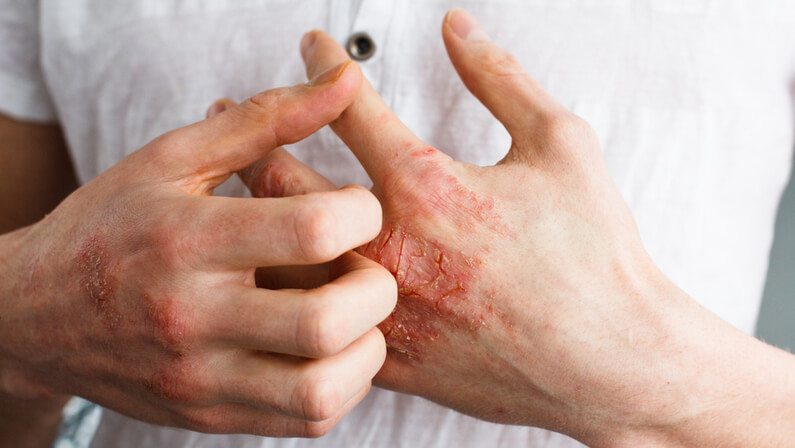
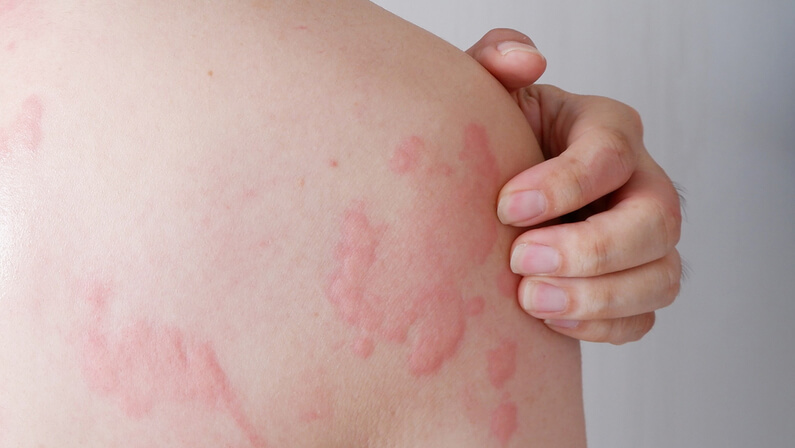
Eczema is a condition that causes the skin to become itchy, red, and inflamed. Eczema is most common in infants and children, but it can occur at any age. The cause of eczema is not known, but it is thought to be caused by a combination of environmental and genetic factors. Eczema can be treated with medications and self-care measures.
Hives
Hives, also known as urticaria, is a common skin reaction that causes the appearance of itchy red welts on the skin. The welts can vary in size and can appear anywhere on the body. Hives are most commonly caused by an allergic reaction, but can also be caused by heat, exercise, or stress. Treatment for hives usually involves taking antihistamines to help reduce itching and swelling.
Shingles
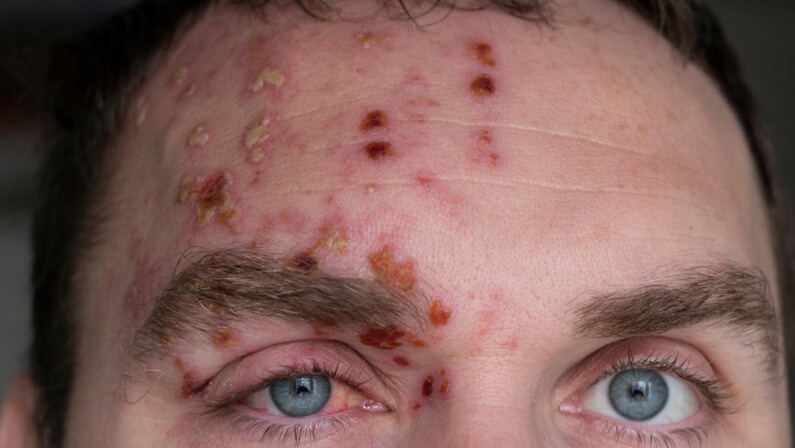
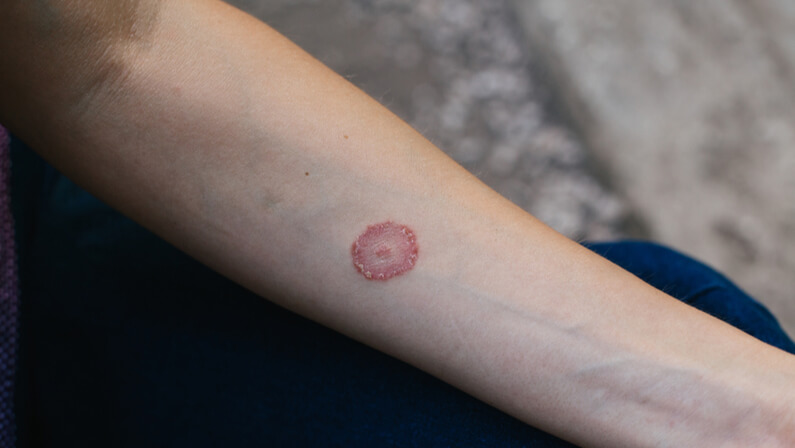
Shingles, also known as herpes zoster, is a viral infection that causes a painful rash. The rash typically appears on one side of the body and typically lasts for two to four weeks. While shingles can occur at any age, it is most common in people over 60. There is no cure for shingles, but treatment can help reduce symptoms.
Ringworm
Ringworm is a common fungal skin infection. It is caused by a type of fungus that lives on the skin, hair, or nails. Ringworm can occur on any part of the body, but it is most common on the scalp, feet, and groin. The infection causes a ring-shaped rash to form on the skin.
Impetigo
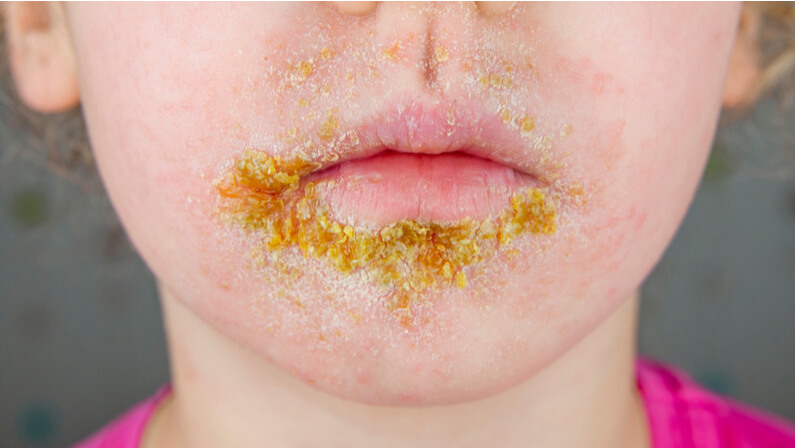

Impetigo is a skin infection caused by bacteria. It is a common infection in children but can occur in adults as well. The most common symptoms are red, itchy skin lesions that may blister.
Impetigo is contagious and can be spread through contact with the lesions or from objects or surfaces that have been contaminated with the bacteria. It can be treated with antibiotics.
Signs Your Rash Requires Immediate Medical Attention
A rash is a common skin condition that can be caused by a variety of factors, such as allergies, infections, or autoimmune disorders. While most rashes are harmless and will clear up on their own, some can be serious and require immediate medical attention.
Here are 10 signs that your rash requires immediate medical attention:
You have a fever. A fever is a sign that the body is fighting an infection. It’s important to take a fever seriously, especially if it’s accompanied by a rash. A rash is often a sign that the infection is getting worse.
- The rash is painful. A painful rash is most often a sign of an infection. Infections that can cause a painful rash in the affected area include skin infections, such as impetigo or cellulitis, and other infections, such as pneumonia or meningitis. A painful rash can also be a sign of a skin allergy or a skin condition, such as eczema or psoriasis.
- The rash spreads to the entire body. This type of rash can be indicative of a serious infection or other medical emergency and requires prompt evaluation by a healthcare professional. Some of the most common causes of a body-wide rash include sepsis, meningitis, and Henoch-Schönlein purpura.
- The rash appeared suddenly. If you have a sudden rash on your skin, it is important to make sure that it does not indicate an infection or other medical emergency. If you experience a painful rash in the past, check with your doctor about it if you develop one again.
- You have difficulty breathing. A rash that may cause difficulty breathing should be evaluated by a healthcare professional. If you have trouble breathing, seek immediate medical attention if it does not go away quickly.
- The rash is blistering. A rash that is blistering may indicate a serious infection, such as sepsis. If there are blisters and you develop a fever, seek medical attention immediately.
- The rash has lasted longer than a week. How long do skin rashes last? An ordinary rash will usually go away after a few days. If the rash lasts longer than a week, it should be checked by your doctor.
- The rash is purplish in color. A rash that is purple in color may indicate an infection.
- The rash looks like a bullseye and you have had a tick exposure. A rash that looks like a bullseye may be caused by a mite or tick bite.
- The rash is swelling or bruising. These symptoms may be an allergic reaction.
When to See a Doctor for a Skin Rash

A rash can be a sign of many things, from a simple allergic reaction to a more serious illness. Knowing when to see a doctor for a skin rash can help you get the treatment you need.
Some general tips include:
- If the rash is accompanied by fever, chills, or other symptoms, see a doctor right away.
- If the rash is itchy, painful, or covers a large area of your body, see a doctor.
- If you have recently been exposed to someone with measles or chickenpox, see a doctor immediately.
- If you are not sure what is causing your rash, see a doctor for an evaluation.
How Can RapidCare Emergency Room Help You With Your Rashes
Rashes can be incredibly frustrating and uncomfortable, but thankfully, RapidCare Emergency Room can help.
- Our team of experienced specialists can diagnose the cause of your rash and provide you with the best possible treatment plan.
- We understand that rashes can be extremely disruptive to your daily life, so we work quickly to get you back on your feet.
- We offer a variety of services to help you manage your rash, including medication prescriptions, lab tests, and referrals to other specialists as needed.
Contact us today to schedule an appointment and start feeling better! We have locations in La Porte and Katy, TX.
Final Thoughts
It is important to get a rash checked out by a doctor, but there are some times when it is not necessary. If you are unsure whether or not you should see a doctor, it is always best to play it safe and go in for a consultation.